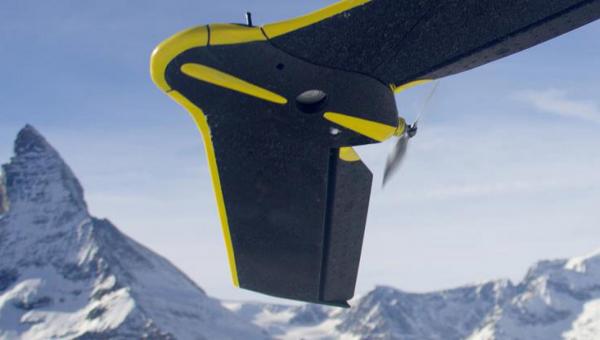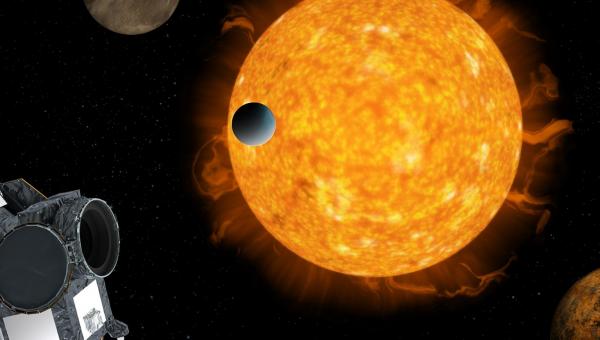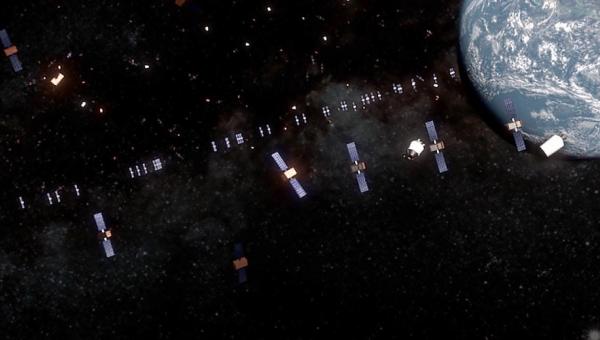ChatGPT designs harvesting robot
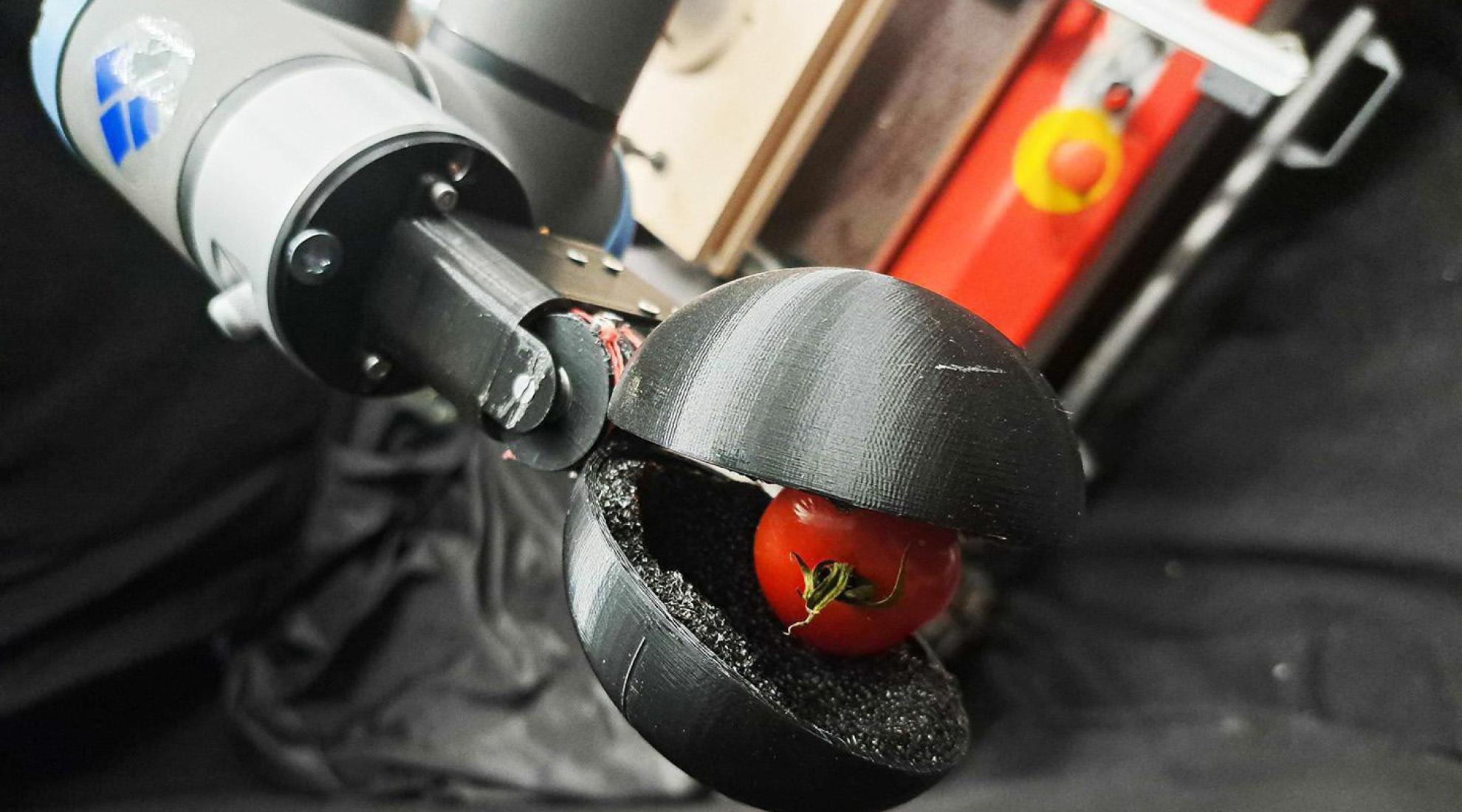
An experiment based on a collaboration between researchers and ChatGPT has led to a new robotic arm that can pick tomatoes unaided.
Researchers from EPFL Lausanne and TU Delft have unveiled a tomato-harvesting robot developed with the help of ChatGPT. They presented the experiment in a case study in the journal Nature Machine Intelligence.
Discussing future challenges for humanity
In the first phase, the scientists used ChatGPT to hold a discussion about future challenges for humanity. In this discussion, they – the researchers and the computer program together – identified robotic harvesting as a solution to the challenge of global food supply. ChatGPT also concluded that tomatoes were the crop for which robotic harvesting was most worthwhile. Then the researchers asked ChatGPT more specific questions, such as "What characteristics should a harvesting robot have?" Thus, the design and specifications of the robot were worked out.
Design and programming code produced by ChatGPT
A second phase was the realisation of the robot. ChatGPT provided the programming code and design ideas for this. The researchers took on the role of engineer, according to the study. They optimised the code proposed by ChatGPT, finalised the design model and fabricated the robot. What is new is that large language models (LLMs) such as ChatGPT not only support the development of the code, but also the design. According to the researchers, this could enrich and simplify the design process for robots. For example, LLMs can act as a ‘funnel’, helping to refine the design process and providing technical input, with humans retaining creative control.
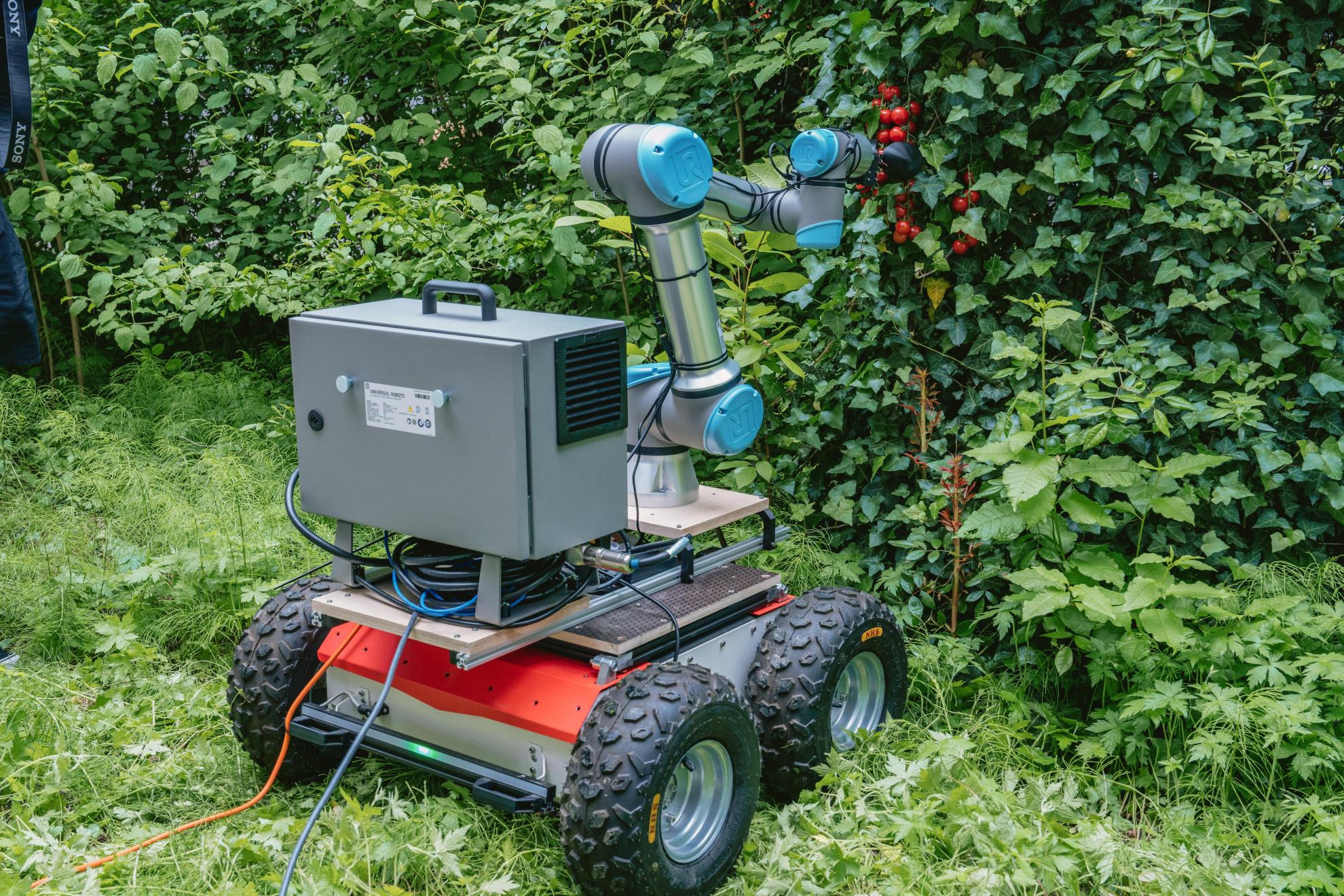
The ChatGPT-designed harvest robot in action.
Caution advised
Despite the positive outcome of this experiment, the researchers are also cautious about the role of LLMs in the future. Issues of intellectual property, plagiarism and bias remain unresolved. In addition, there is a need to evaluate how these tools can be used without limiting the creativity, innovation, and scientific endeavours needed for robotics to meet the challenges of the 21st century.
The robotics community must therefore identify how to leverage these powerful tools to accelerate the advancement of robots in an ethical, sustainable and socially empowering way.
The research team will continue to use the tomato-harvesting robot in their research and will continue to explore the capabilities of LLMs such as ChatGPT.


